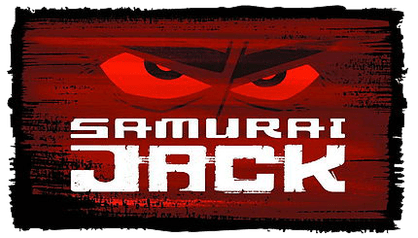Samurai Jack is an animated TV series that has an action-adventure theme, which was created by Genndy Tartakovsky. The show aired in Cartoon Network from August 2001 to September 2004, and it has a total of five seasons with 62 episodes. The first episode of Samurai Jack was very iconic and memorable because it has nine and a half minutes of silence, which is not typical, especially for a children’s animation show. Aside from that, its groundbreaking animation style wherein the character’s design does not have black outlines makes the show even more iconic. Samurai Jack has earned critical acclaim and won several awards such as Outstanding Animated Program, eight Primetime Emmy Awards, an OIAF Award, and six Annie Awards. In this article, we are going to know more about this show and what made it iconic.
What is Samurai Jack All About?
Samurai Jack is about a young prince who came from a feudal Japan kingdom. His father was given a magical Katan from three gods, namely Odin, Ra, and Rama. This katana enabled him to defeat and imprison a supernatural and shape-shifting demon named Aku. However, eight years later, Aku escaped, and he took over the land while he held the Emperor hostage, but the Emperor was wise, and he sent away the prince to travel the world so that he could train and use the magic sword against Aku. When the prince returned, he almost defeats Aku, but before he can land the finishing strike, Aku created a time portal that sends the him into the distant future.
The samurai prince also finds himself in a dystopian retro-futuristic world that was ruled by Aku. The first people whom the prince encountered called him Jack that is why he decided to adopt the name. Most of the episode of this animated series features Jack overcoming different obstacles as he tries to find a way to travel back to his own time and defeat Aku.
Samurai Jack takes place in a retro-futuristic world that had robots, talking animals, extraterrestrials, deities, monsters, and magical beings as inhabitants. Some areas have advance technologies while some are in an industrial conditions or ancient times.
There are also episodes where it takes place in uninhabited areas of the world like mountains, jungles, and forest. Some of the episodes of Samurai Jack also featured a few communities that has not been affected by Aku’s dominance such as the community of the Shaolin monks who managed to run and hide from Aku’s omniscient vision.
Production of the Show
Samurai Jack was created by Genndy Tartakovsky right after he was done with the successful Dexter’s Laboratory. In one interview Tartakovsky said that the basic plot of Samurai Jack was inspired from his childhood fascination with the bushido code and samurai culture. He said that he also had recurring dreams where he is at a post-apocalyptic Earth and he had a samurai sword which he uses to fight mutants.
Samurai Jack is meant to conjure 1970s cinematography like classic Hollywood films such as Spartacus, Ben-Hur, and Lawrence of Arabia. The visual and thematic inspirations of the show is said to be inspired from Frank Miller’s comic book entitled Ronin. This is also where they got the inspiration of a master-less samurai warrior that was sent to a dystopic future to fight a shape-shifting demonic creature.
Samurai Jack premiered on Cartoon Network on August 2001 where they aired a three-part special entitled “The Beginning.” The premier gained high praises from critics and even received four award nominations. When the fourth season was ending, they decided to air the four final episodes as a marathon.
Jack Revived
Twelve years after the show ended, Samurai Jack returned to television and the first episode of its fifth season aired on March 2017 on the Adult Swim. This season had a more mature element as well as a cohesive narrative of Jack’s journey. The fifth season of Samurai Jack takes place 50 years after Jack was sent into the future. In this season, Jack is haunted by warped visions of himself and his family.
